60 to 70 White Street, Martham (evens)

There are six cottages in this terrace on the east side of White Street facing St Mary the Virgin Church. They are not all the same age and some local people say the earliest dates to the 16th century making them some of the oldest surviving domestic properties in the village.
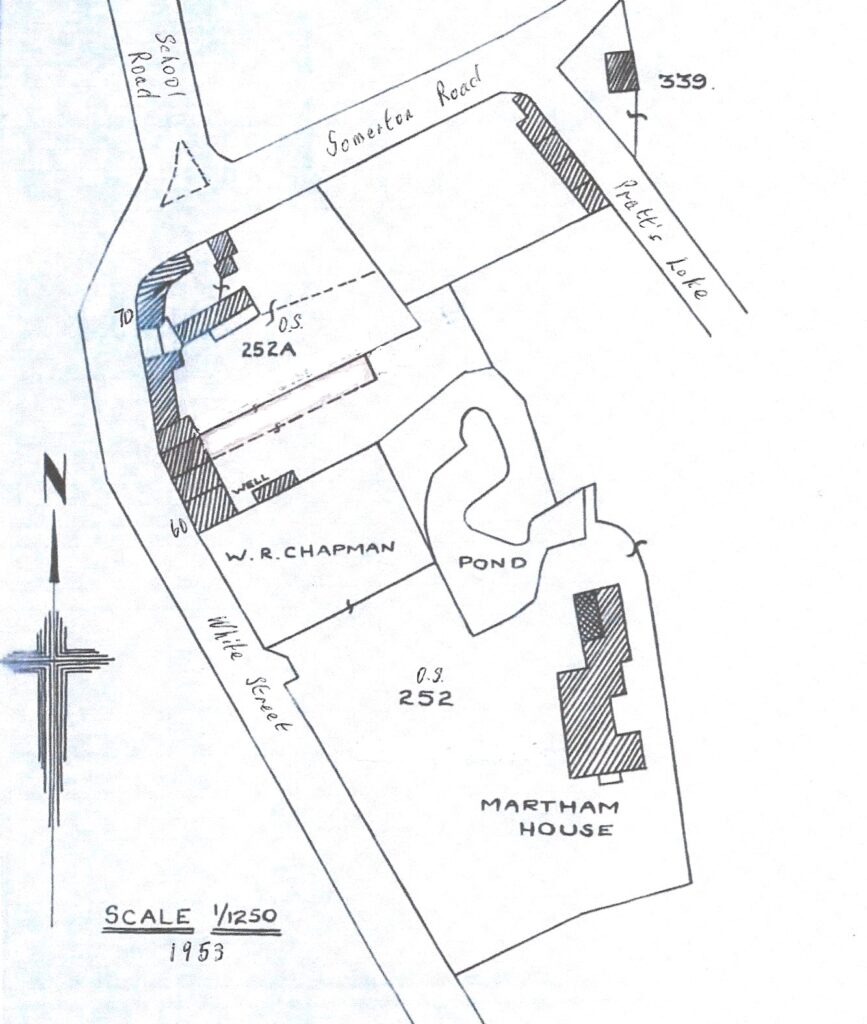
The cottages were not numbered until recent times and never had names in the past making historical research difficult. They were not numbered even at the time of the last formal publicly available register in 1939. They were probably numbered with the introduction of postcodes in the late 1960’s and became No60 at the south end to No70 at the north end junction with Somerton Road so I have used this numbering throughout, no matter how far back, simply for identification purposes.
Originally all six cottages had Listed Buildings status awarded in August 1980 but this was amended to exclude No70 in December 1987. By that time No70 had become dilapidated and the stick and daub north gable end in particular was close to collapsing. In order to save it the house was substantially rebuilt, including a new thatched roof. One intriguing feature of No70 is a very large beam over the inglenook fireplace that has a date of 1666 etched into it. The beam may of course have been in use prior to becoming part of the house structure. Maps as recent as 1906 show barns attached to No70 that continued round the corner into Somerton Road and for many years in the first half of the 20th century the cottages on this corner were occupied by the Knights family which became known as Knights Corner. Their farm yard extended over what is now ‘Cornercroft’ on Somerton Road that was built in 1976.
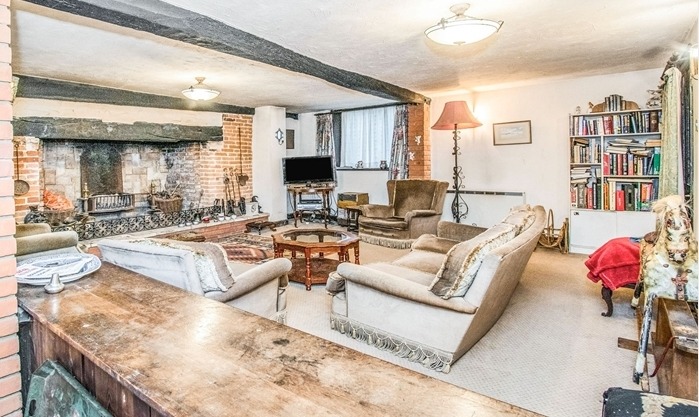
The Listed Building entry describes the row of five cottages 60 to 68 (evens) as originally being early 18th century wattle and clay lump daub altered in the 19th century with a brick over-skin. All with one storey, dormer attics and thatched. All have 20th century front doors except No. 64 which has 19th century plank door. Each house has a pair of 20th century ground floor arched casement windows at the front except No66 which has an early 19th century window. No68 has small ornamental brickwork blocks repeated along its cornice. All have gabled roofs and either one or two gabled, tiled, dormers. Nos60 & 62 have two dormers each, the remainder have one dormer each, all with 20th century windows. The end terrace No60 has an internal chimney stack on the gable end. Nos62 & 64 share a chimney above the roof ridge. There is an internal gable end between numbers 64 & 66 perhaps indicating a different period of building with what is now No66 being added slightly later than the previous terrace of three. The entry is number 1152438. Grid Reference: TG4558318460.
The brick skin to Nos60 to 66 is clearly of a different brick type than 68 & 70 and the south end gable to No 60 is in the traditional English brick bond which alternates between stretcher and header courses. This is the oldest pattern and was commonly used until the end of the 17th century. The front of No60 has a mixture of English and Flemish bond but was rendered until recent years and the original pattern may not have been particularly stylised if it was going to be covered in render.
Maps
There are vague ‘blobs’ that indicate the cottages existence on Faden’s map of 1797 but the first map that gives a clear record of the cottages is the 1812 Inclosure Award map shown below on the left. Unfortunately, there are no plot numbers on the map to match it with the Inclosure Award list of owners. It is possible that one or two of the cottages were owned by Sarah Deary (1761-1842) the widow of John Deary. She laid claim to two properties and other land totalling 4 acres, 2 rods at the time of the 1812 Award. Thirty years later in 1842 her daughter-in-law Margaret Deary (nee Alexander) had also just become a widow but her husband had left her plot No650 which was shown on the 1842 Tithe Award map as including one or two of the cottages. A copy of the 1842 Tithe Award map is shown on the right below. The 1841 census return also tells us that Margaret lived in White Street and was a farmer. In 1851 Margaret was still living at White Street with three of her children and her income derived from “houses, land and a garden”. She died in 1854 and is buried at St Mary’s. There are no other records that help identify any other owners or occupiers in 1812 although a great deal of the surrounding farm land and the adjacent Martham House was owned by William Rising (1769-1846) in 1812 and it is possible that he owned the other cottages which would have been occupied by his farm labourers. In 1842 William did own plot No653 shown on the 1842 Tithe Award map which was next door to Martham House.
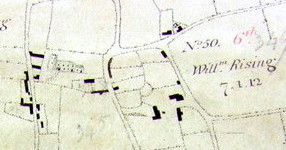
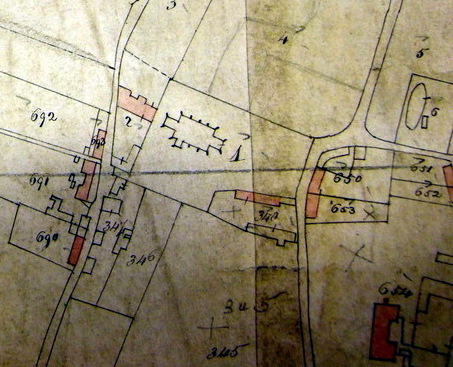
Nos. 60, 62 & 64
No60 is the end of terrace next door to The Lodge which was part of Martham House. All three were part of the Martham Estate owned by the Rising family. They came up for sale as part of the Martham Estate following the death of Benjamin Rising (1827-1902) and the purchaser of the whole Estate was William James Bracey (1847-1922) the blackcurrant grower and dairy farmer. All three were sold at auction again in 1937 after the death of Mr Bracey when the Martham Estate was sold to Mr William Alexander Alston. After his purchase Mr Alston lived nearby at Elmside on White Street which was part of the sale and the three cottages would have continued to be let as tied cottages for his workers.
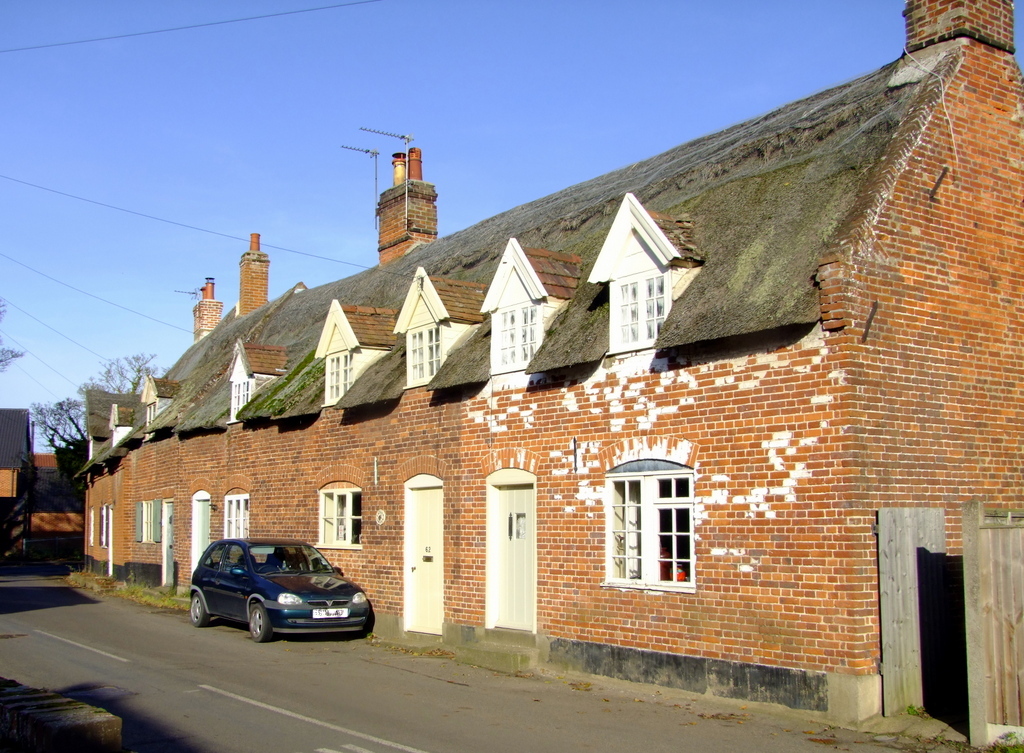
In 1925 two of the cottages in the terrace suffered a serious fire which was attended to by the Yarmouth Fire Brigade. The incident was reported in the Yarmouth Independent & Journal newspaper on 24th October that year and can be seen below.
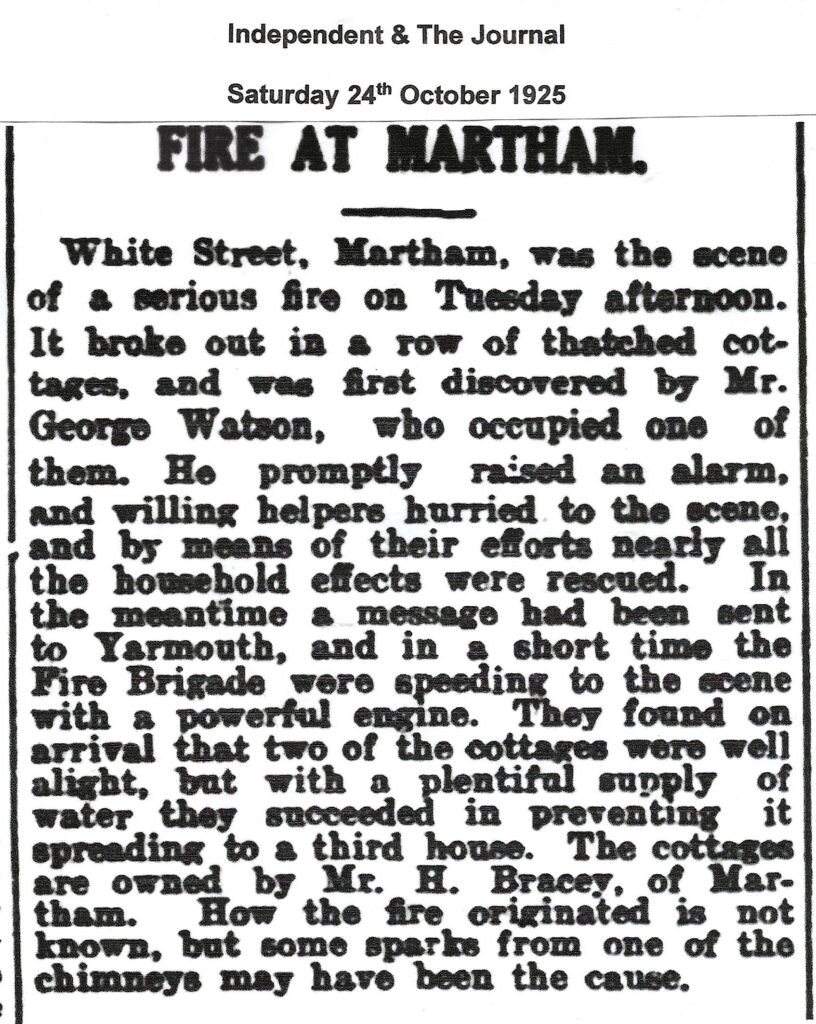
As the properties have never been numbered or named tracing owner/occupiers is difficult. It helps that the six cottages appear on census returns sandwiched between Somerton Road and The Lodge or Martham House. Despite not being numbered the six are fairly consistent in the listings over the years. Research also shows that some owners/occupiers lived in the same house for several years and so can be used as anchor points when looking at the others. Genealogy research has also helped. The result is that the following occupiers can be identified:
No60 -The cottage had 4 rooms in 1891.
In 1841 Benjamin & Elizabeth Hodds, nee Easter, and their two daughters Harriot & Eliza were living there. Benjamin was an agricultural labourer.
By 1851 a different Benjamin & Elizabeth Hodds, nee Gedge, occupied the house with their son William and they were still there in 1861 but by then they had five children at home. Benjamin was an agricultural labourer. It seems more than likely that the Hodds were related but I cannot trace how.
In 1871 William (42) & Sarah (38) Lowne and two of their children lived at No60. William was a wheelwright. One of the two children was Emily who later married Henry Hewitt and lived at No64 in 1881.
By 1881 the occupiers were Benjamin & Mary Parker. Benjamin was an agricultural labourer.
Robert & Sarah Hardesty and their four children lived there in 1891. Robert was an agricultural labourer.
In 1901 the cottage seems to have been unoccupied but in April 1911 it was occupied by John & Elizabeth Grimmer plus four of their children. John was a farm labourer.
Available census returns come to an end but in 1939 a national register was compiled in preparation for war and Dorothy Debbage, nee George, a retired widow, was living there.
By 1953 the Deeds(1) of a neighbouring cottage show that No60 was owned by the farmer William Raynor Chapman.
No62 – The cottage had 4 rooms in 1891.
In June 1841 John & Mary Hendle lived there. John was an agricultural labourer.
By the time of the 1851 census James & Maria Squires plus four of their children had moved in and they were still then in 1861 and 1871 by which time a granddaughter had been born. James was an agricultural labourer for the first 20 years and a farm bailiff in 1871.
There was a change of occupier by 1881 when James & Louisa Hayton and their eight children were living in a crowded house. James was an agricultural labourer. John Samuel & Elizabeth Mary Grimmer and their three sons were listed as living there in both the 1891 and 1901 census returns and again John was a horseman on a farm.
Another change saw Frederick & Beatrice Self living there by 1911. Fred was a bricklayer.
Even by 1939 the cottage was not numbered but was occupied by Walter & Mabel Shreeve. Walter was incapacitated.
By 1953 the Deeds(1) of a neighbouring cottage show that No62 was owned by the farmer William Raynor Chapman.
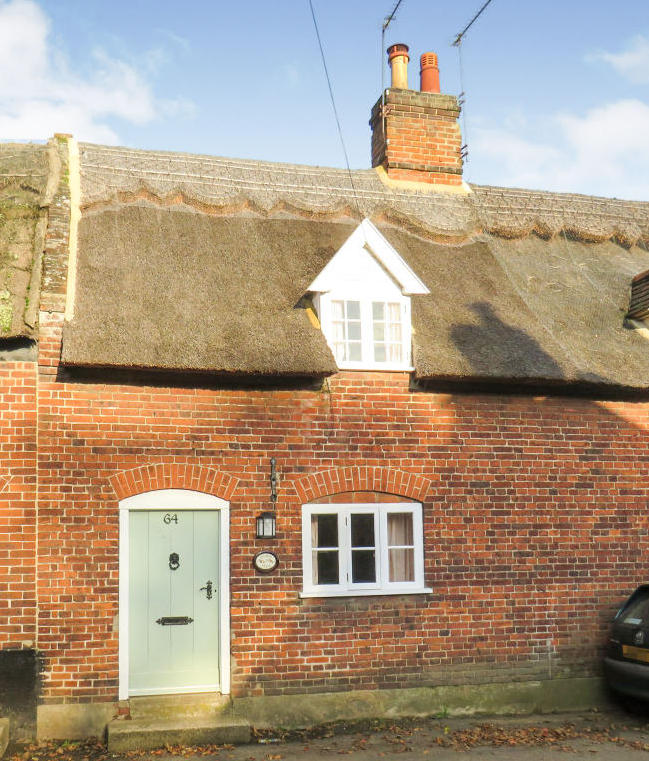
No64 – The cottage had 4 rooms in 1891. Photographed left.
William & Elizabeth Cockerill lived there in 1841 and William was an agricultural labourer but ten years later in 1851 there is no record so it was probably vacant.
By 1861 William & Sarah Lowne and two of their children had moved in. William was an agricultural labourer. One of their two children was Emily who later married Henry Hewitt and lived in the same house in 1881. In between, in 1871, John (27) & Elizabeth (25) Skoyles lived there with their son and John was a carpenter.
In 1891 Edward & Judith Grimmer were living there and Edward was a bricklayer.
By 1901 the fresh occupiers were Alfred & Sarah Dack and three of their children. Alfred was general roadman.
The 1911 census tells us that William & Alice Sales plus three of their children had moved in. William & Alice were much longer terms occupiers as they were still there in 1939. They were tenants at that time but in 1953 they purchased the house from the owner who was William Alexander Alston for £50. Their deeds(1) show that they had the right to pass on foot over the rear of Nos 60 & 62 to enable the delivery of coal and fuel and also to use a well at No60.
No66 – The cottage had three rooms in 1891.
John & Martha Heywood and their son George start our list as occupiers in 1841. John was an agricultural labourer.
The widow Mary Youngs, nee Tungate, and her two sons lived there in 1851. Ten years later she had left and Robert & Ann Nichols lived there in 1861 and Robert was a master shoemaker. They later they moved to Black Street.
By 1871 the new people there were Elizabeth Utting & two of her children. Elizabeth was married but her husband, James, was not at home on the night of the census. The couple lived there a long while and were included in both the 1881 and 1891 census lists as the residents. James was an agricultural labourer.
Walter & Jane Starkings and two sons had moved in by 1901 and Walter was a horseman on a farm.
In 1911 the occupiers were George & Elizabeth Hannant. George was a retired brickmaker.
Jumping on to 1939 George & Rosa Brunson lived at No66. George was an incapacitated pensioner. In 1891 his brother James lived next door at No68.
No68 – The cottage had three rooms in 1891. Photographed right.
Going back to 1841 Samuel & Charlotte Dove (sometime known as Dow) lived there and Samuel was a watchmaker and brazier (worker of brass).
In 1851 the occupier was a widower called Edward Green whose first two wives had died shortly after childbirth. He also had his two daughters living with him. In 1842 he was living at Common Road, Cess where he owned a small plot of land with a cottage and garden on it amounting to one rod and three perches. This was tiny but he may have sold this and have been able to buy No68. In 1852 he married his 3rd wife who was also a widow, she was Elizabeth Spargo nee Nichols from West Somerton, and they lived at No68 at the time of the 1861 census along with his daughter, Ann, from his second marriage. Sadly, Edward died only three months after the 1861 census.
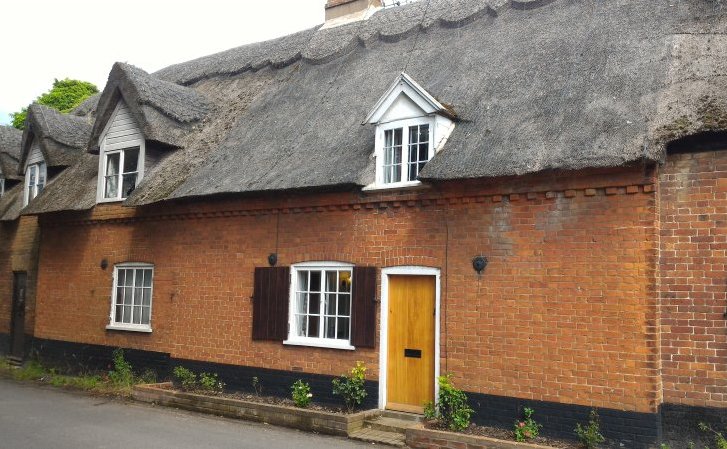
1871 saw new occupiers who were William & Elizabeth Ladell and their five children and William was a farm bailiff.
Things had changed again by 1881 when Ellen Linford & her one year old son Ethelbert were living at No68. Ellen was married but her husband, Ambrose, was away at sea.
From at least 1891 James Brunson, an agricultural labourer, and his wife Ellen lived at the cottage. His brother George lived at No66 in 1939.
By 1901 Elizabeth Utting, nee Crisp who had been living at No66 in 1871, 1881, & 1891 had moved next door to No68. This may have been because James had died in June 1891 and she only needed a smaller house. By 1901 she was a seamstress and she died in 1908.
In 1911 the cottage was occupied by Frederick & Mary Miller and their son Edward. Fred was a farm labourer.
Samuel & Dora Tungate lived there in 1939 and Samuel was incapacitated.
No70
Margaret Deary lived at No70 in 1841. Her husband John died the month before the 1841 census was carried out and in 1842 she was listed in the Tithe Award as the owner of the land that No70 stood on as shown on the map above. They had been the owners of the cottage rather than tenants and farmed nearby land. In 1841 Margaret lived there with three of her children one of whom was her son John who later married Susanna Ollett. Margaret was still living there in 1851 and under employment on the census form she wrote “houses, land and garden”. Margaret died in 1854 and her son John and his wife Susanna, nee Ollett took over and were living there at the time of the 1861 census. John was a thatcher in 1861. By 1871 John & Susanna were still there but John had become a farmer of ten acres presumably land inherited from his parents. John would not have been able to make a living from just ten acres and by 1881 he had moved with Susanna to Staithe Road and was again a thatcher.
No 70 & Knight’s Corner
The cottage had been taken over by a new family in 1881 that would go on to live there for many years and become one of the most well known in Martham. Henry Barnes Woolston and his wife Matilda, nee Knights lived there. Henry was a cattle dealer. His brother James Woolston also lived there. Henry & Matilda remained there for many years; she died in 1894 but Henry stayed until he died in 1904. Henry & Matilda had adopted a child from another part of the family called Charles William Knights and he inherited No70 from them and was living at the house in 1911 with his wife Emmeline by which time he was a farmer. Even after moving forward 28 years we find that Charles & Emmeline where still living there. Some family members say they had up to 22 children but many died in infancy. In 1939 their son George lived with them; he became a farmer and general dealer. No70 remained in the ownership of the family until the 1990’s.
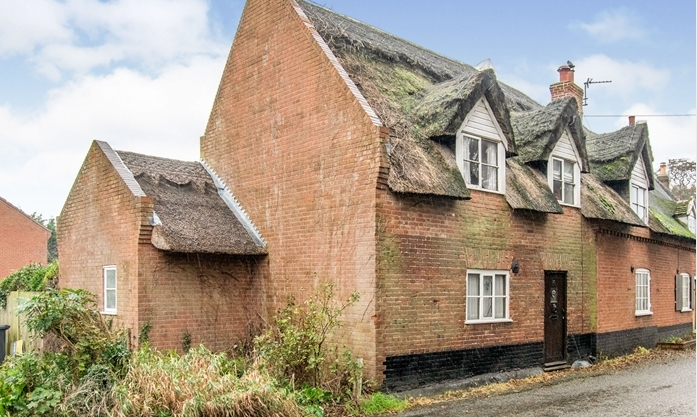
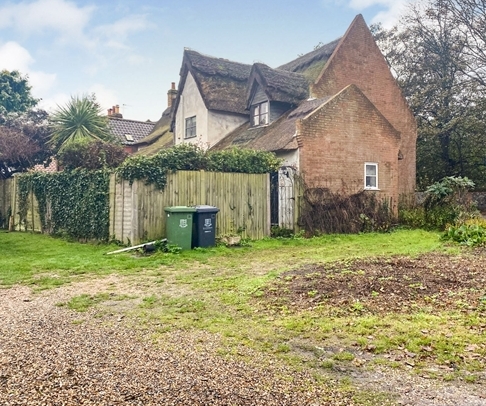
Source:
(1) My thanks to Elaine Goddard for allowing me to see her Deeds to No64.